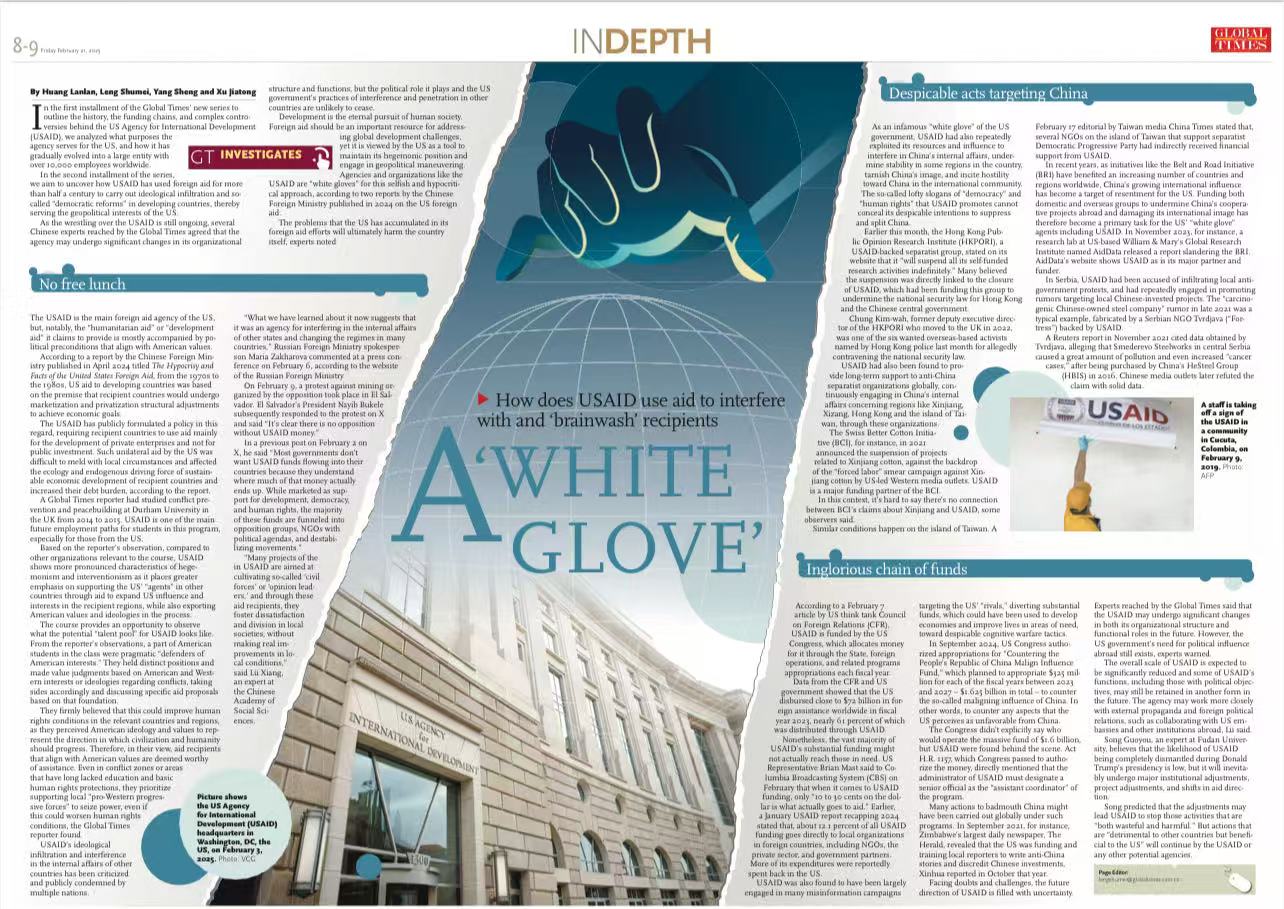This article first appeared in Forum, The Edge Malaysia Weekly on January 27, 2025 - February 2, 2025
Being a top banker in the nation’s most important government-owned bank is a privileged position. Doors open as one wanders through the corridors of power, gourmet lunches served as the inner workings of politics and business are laid bare. A nod, a smile or the calculated silence — what more a signature — can easily sway markets or dent fortunes.
Belonging to a class and tribe of their own, banking insiders adhere to unwritten rules. Astute financiers willingly adopt intellectual constraints, turning a blind eye when the wielders of power require it — knowing that defiance could exile them to the wilderness of the unprivileged masses.
This article first appeared in Forum, The Edge Malaysia Weekly on January 27, 2025 - February 2, 2025
Being a top banker in the nation’s most important government-owned bank is a privileged position. Doors open as one wanders through the corridors of power, gourmet lunches served as the inner workings of politics and business are laid bare. A nod, a smile or the calculated silence — what more a signature — can easily sway markets or dent fortunes.
Belonging to a class and tribe of their own, banking insiders adhere to unwritten rules. Astute financiers willingly adopt intellectual constraints, turning a blind eye when the wielders of power require it — knowing that defiance could exile them to the wilderness of the unprivileged masses.
Thus, more than a few eyebrows were raised when Maybank stalwart and former deputy president Datuk Mohammed Hussein published his take on the nation’s historic journey in How Malaysia Missed 7 Chances at Nation Building.
The premise of the book is a call to collectively learn from the past and consider what it would take to make better decisions about the fate of the nation. A fair question indeed, as a country seven decades into its existence remains divided, more state than nation.
What are the seven missed chances? The first was in 1945, when the Japanese were forced to surrender Malaya after the horrific US atomic bombings of Hiroshima and Nagasaki. What if — like Indonesia — Malaysia did not cede power back to the British? Were we in a position to demand, and perhaps fight for Merdeka? How would that have changed our country?
The second was Umno’s founder and first president Datuk Onn Jaafar’s call to open the party to non-Malays. Rejected, Onn Jaafar left the party he championed. What if Umno had agreed and became a party for Malaysians rather than Malays?
In his third chapter, the author explores the intricate negotiations leading to Merdeka. Driven by Tunku Abdul Rahman’s determination to achieve independence without bloodshed, the Merdeka Constitution emerged as a carefully balanced compromise. It sought to reconcile competing interests: preserving British economic dominance, ensuring the continuity of the royal houses, safeguarding Malay claims to indigenous rights and privileges, and meeting Chinese and Indian demands for citizenship. This arrangement functioned as a truce — a social contract — yet left unresolved the long-term tensions between rights and privileges, rooted in the imbalance of political and economic power.
Was May 13 — the tragedy that it was — another missed chance? Mohammed argues that dissolving the National Operations Council or Mageran within two years was a rushed return to democracy. He wonders whether Tun Abdul Razak as a benevolent dictator could have undertaken more radical changes to lay the basis of a cohesive nation.
“Dato MH”, as he is often referred to, then moves to his home ground — economics and business. He takes a piercing look at the National Economic Policy and the Bumiputera Agenda. He cites Tun Dr Ismail Abdul Rahman’s understanding of the NEP as a golf handicap, a leveller in the game.
“I regard the Special Position of the Malays as a handicap given to the Malays with the consent of all the other races who have become citizens of this country so as to enable the Malays to compete on equal footing for equal opportunity in this country. That and that alone is the only aim of the Special Position of the Malays … this handicap will enable them to be good players, as in time, as in golf, the handicap will be removed. The Malays must not think of these privileges as permanent: for then, they will not put their efforts to the tasks. In fact, it is an insult for Malays to be getting these privileges.”
In examining the NEP, he probes the extent to which the policy genuinely uplifted the Malay middle class and broader community versus serving as a mechanism to consolidate power among the Malay political elite. A more thoughtfully designed policy or improved implementation could have better served the broader Malay community and narrowed the economic gap between races — an essential foundation for fostering a more united nation.
The sixth opportunity came under the stewardship of Malaysia’s longest-serving leader, Tun Dr Mahathir Mohamad, through his ambitious Vision 2020. Announced in 1991, the vision of a developed, united and confident nation by 2020 was so compelling that even Mahathir’s fiercest critics had to acknowledge its aspirations. The author focuses particularly on the nine strategic challenges outlined in the vision. Why weren’t government policies realigned to address these challenges? Were our institutions and decision-makers at the time — and perhaps even now — unprepared or unwilling to make the difficult choices necessary to realise such a bold agenda?
For the seventh opportunity, he pulled together other missed moments — from Tun Abdullah Ahmad Badawi’s landslide victory in 2004 to Pakatan Rakyat and Mahathir’s return to power in 2018. Again, an opportunity to leverage political momentum for change, simmering but never coming to a boil.
Aspirations
Mohammed uses the second half of his book to look forward, asking what the aspirations of the nation are and how we could get there. In using plain language, he says: “We cannot continue to tai chi and pass the buck to the next generation because the problem will get bigger and become too big to solve.”
He bravely names some of the elephants in the room, issues all too familiar, ignored by government after government: a failing education system, bloated and unproductive government spending, a critical review of the bumiputera agenda and policies, and the dire need to encourage religious tolerance.
In publishing this critical review of our history, Mohammed stands like a sailor who, having safely navigated a storm, now critiques the very vessel that carried him through. Critics may brand him as un-Malay for daring to air our flaws openly — what Malays call membuka pekung di dada (revealing a wound on one’s chest). Mohammed does not deny the charge but instead anchors himself in a key facet of Malay identity: his unwavering commitment to his religion.
Islam calls us to speak truth to power, to right injustice and to serve the greater good. Mohammed knows he wins no friends by challenging the status quo, but yet, he remains steady on his ship. As Tan Sri Azman Mokhtar writes in his review, “Agree, disagree but never disagreeable, a thought-provoking read for us to reflect and, most of all, to act to build and rebuild our nation.”
Is reform even possible? Datuk Seri Anwar Ibrahim (PMX) finds himself entangled in a complex web of competing priorities: holding together a fragile political alliance, addressing territories increasingly resistant to federal dominance and navigating a civil service confident in its permanence beyond any administration. He must also secure legitimacy through the Malay vote, appease a subsidy-reliant economy and a rent-seeking business elite, all while upholding the aspirations of his Reformasi supporters. Balancing these conflicting demands raises the question of whether meaningful change can truly be achieved.
And yet, Malaysia’s centennial milestone lies on the horizon. In just three decades, we will reflect on our choices and their consequences. Will we once again squander the opportunity to build a great nation from a fledgling state? Mohammed’s review of our missed opportunities is not merely a critique but a call to action — a challenge to break the cycle and chart a different course. In doing so, he offers us a profound service, bearing the weight of truth for the benefit of us all. - https://theedgemalaysia.com/

Mohammed (left) and Liyana during a talk on his book at TRX Mall, Kuala Lumpur. — GLENN GUAN/The Star
HOW can Malaysia learn from its past to build a better future?
This question set the tone at a book talk on How Malaysia Missed 7 Chances at Nation Building by former banker Datuk Mohammed Hussein.
The discussion, moderated by Premesh Chandran and featuring political activist Liyana Marzuki, explored key moments in Malaysia’s history and how different choices might have shaped the country’s trajectory.
Mohammed, who spent decades in the financial sector, said Malaysia had often chosen quick fixes instead of addressing deeper structural issues.
“We took shortcuts. We wanted quick solutions without addressing the fundamentals,” he said during the talk at the MPH bookstore in TRX Mall, Kuala Lumpur.
He listed governance, economic policies and education as areas where this approach had held the country back.
Malaysia was once regarded as one of Asia’s four economic tigers, alongside South Korea, Hong Kong and Singapore.
However, Mohammed said much of Malaysia’s potential had diminished due to short-term decision-making and an over reliance on temporary solutions.
While the country made significant progress in infrastructure, Mohammed said inconsistent policies and political compromises had weakened its social and economic foundations.
The book, which took six years to complete, stemmed from what Mohammed described as frustration over Malaysia’s missed potential.
His research involved extensive visits to archives, including those in the United Kingdom, where he examined declassified British cabinet papers for insights into Malaya’s early independence negotiations from the British viewpoint.
“I had to ensure my research was solid. If I had got my facts wrong, people would laugh at me.
“I spent years going through archives, including in London, to understand the British perspective on Malaya’s independence.
“The declassified documents provided a fresh viewpoint that many history books don’t capture,” he added.
When asked which of the seven missed opportunities he considered the most critical, Mohammed indicated education and leadership.
“If we had gotten education right, all our problems today would have been minimised.
“Education is the key to human capital development.
“It impacts everything – civil service efficiency, business sector growth, policy implementation and even corruption.”
“But to achieve that, we needed decisive leadership without shortcuts,” he said.
During the talk, he expressed hope that the current and future generations would learn from the historical lessons.
“We have 33 years before Malaysia reaches its 100th year of independence.
“It is the responsibility of the next generation to learn from the past and avoid the same mistakes,” said Mohammed.
During the session, the ideology of nationalism was discussed in the context of nation-building in Malaysia’s multiracial society, with Liyana sharing her perspective on how it has evolved in the country.
She said the term has been misused to serve racial narratives rather than true nation-building.
“Nationalism has been hijacked to promote racial agendas rather than nation-building.
“We need to redefine nationalism as love for the nation, not just for one race,” she added.
Liyana said the need for a shift in mindset, particularly among younger generations, to see nationalism as an inclusive concept rather than an exclusive one.
The session drew a lively exchange during the Q&A session.
Some audience members raised questions about leadership, education and economic development while some reflected on the country’s political climate, and others sought insights into how Malaysia could move forward.
Since the book’s release last August, Mohammed said his initial sales expectations have been met.
He is considering a translation into Bahasa Malaysia, but is looking for a translator who can retain the conversational yet analytical tone of the original work.
“My writing style is casual and conversational but it carries a serious message.
“I need to find someone who can translate it without losing that tone,” he said.
The event wrapped up with a book-signing session, where attendees spoke further with the author about his research and findings.
How Malaysia Missed 7 Chances at Nation Building, in paperback, is priced at RM70.
The book is available at bookstores and online at www.mohammedhussein.my




%20headquarters%20in%20Washington,%20DC.jpeg)
%20headquarters%20in%20Washington,%20DC.jpeg)






